Soil Dilemma in Brooklyn
xeno
10 years ago
Related Stories

CONTAINER GARDENSSolve Your Garden Border Dilemmas With Planted Pots
Set your containers free from the patio — placed among plantings in the ground, they fill unsightly gaps, let you experiment and more
Full Story
DECORATING GUIDES7 Common Design Dilemmas Solved!
Here’s how to transform the awkward areas of your home into some of its best features
Full Story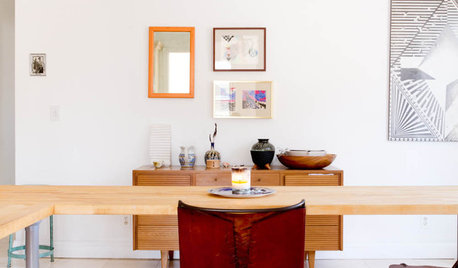
HOUZZ TOURSHouzz Tour: Eclectic, Minimalist Brooklyn Apartment
Can you create a home that feels like you even if you rent? A jewelry and textile designer in New York has done just that
Full Story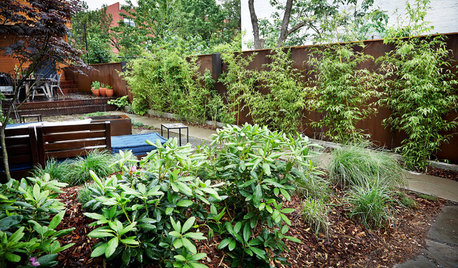
LANDSCAPE DESIGNA Front Yard Regrows in Brooklyn
Hurricane Sandy ravaged this New York City plot, but two landscape designers have rebuilt it to be better and stronger than ever
Full Story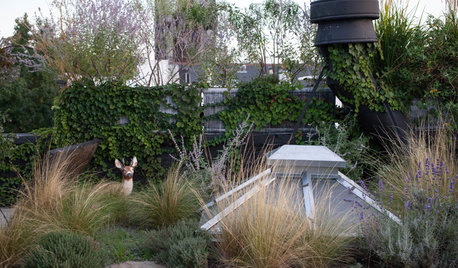
URBAN GARDENSSit Back and Enjoy the View From This Brooklyn Rooftop Garden
A landscaper transforms his apartment building’s rooftop into a lush retreat where he and his friends relax and sometimes take in a movie
Full Story
HOUZZ TOURSMy Houzz: In Brooklyn, Family Heirlooms and a Global Perspective
Family keepsakes, African art and black walls add character to a couple’s New York apartment
Full Story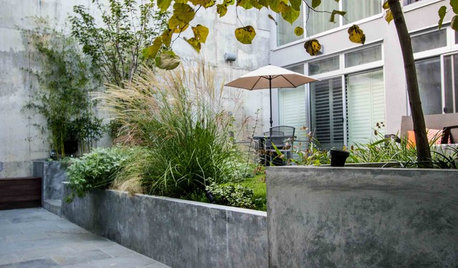
URBAN GARDENSFrom Concrete ‘Jail Yard’ to Lush Escape in Brooklyn
Once stark and uninviting, this urban backyard is now a welcoming retreat for relaxing and entertaining
Full Story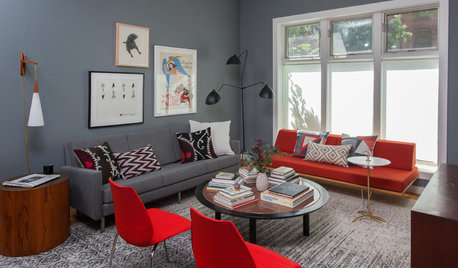
TOWNHOUSESHouzz Tour: Quick and Friendly Makeover for a Brooklyn Townhouse
An interior designer helps a close friend harmonize her love of midcentury modern and Asian styles
Full Story
COLOR11 Reasons to Paint Your Ceiling Black
Mask flaws, trick the eye, create drama ... a black ceiling solves a host of design dilemmas while looking smashing
Full Story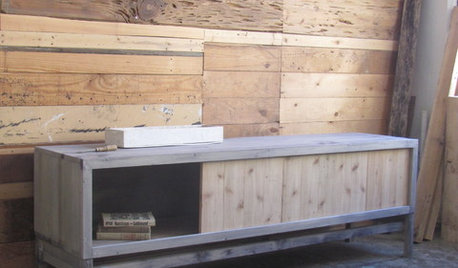
FURNITUREDesign Methods: Finishing Furniture and Fabric With Tea
Brooklyn designers create rustic-modern look with an old-fashioned brew
Full StoryMore Discussions







jean001a
Kimmsr
Related Professionals
Rancho Cordova Landscape Architects & Landscape Designers · Barrington Landscape Contractors · Lake Saint Louis Landscape Contractors · Pahrump Landscape Contractors · Peoria Landscape Contractors · Tinton Falls Landscape Contractors · University City Landscape Contractors · Whittier Landscape Contractors · Greendale Decks, Patios & Outdoor Enclosures · Huber Heights Decks, Patios & Outdoor Enclosures · Kernersville Decks, Patios & Outdoor Enclosures · Kyle Decks, Patios & Outdoor Enclosures · Lafayette Decks, Patios & Outdoor Enclosures · Mastic Decks, Patios & Outdoor Enclosures · Reisterstown Decks, Patios & Outdoor Enclosuresgardenper
elisa_z5
xenoOriginal Author
elisa_z5
xenoOriginal Author
nil13
SaltiDawg
xenoOriginal Author
SaltiDawg
xenoOriginal Author
pnbrown
xenoOriginal Author
elisa_z5
cold_weather_is_evil
Molex 7a NYC
missingtheobvious
pnbrown
elisa_z5
nil13
JoppaRich
JoppaRich
toxcrusadr
pnbrown
elisa_z5
toxcrusadr
elisa_z5
pnbrown
toxcrusadr